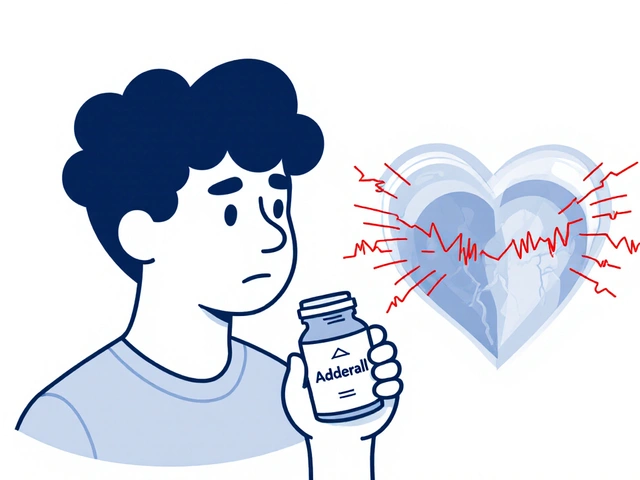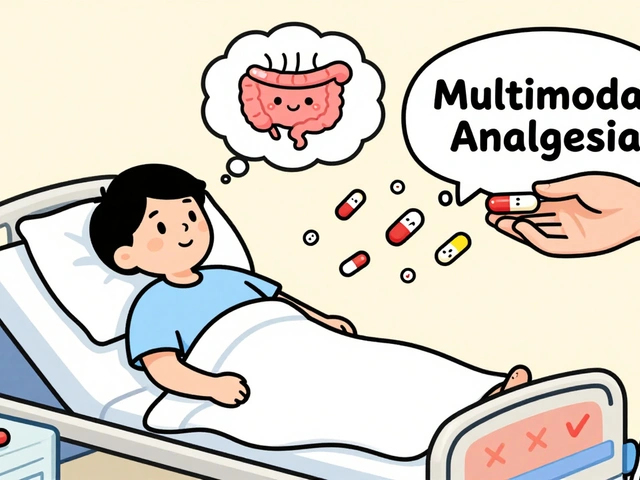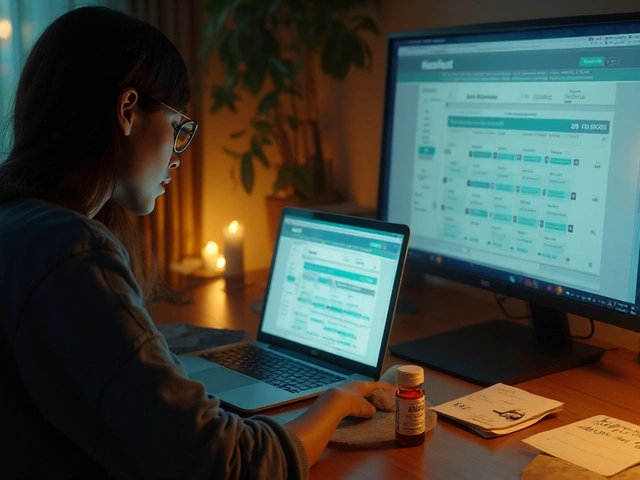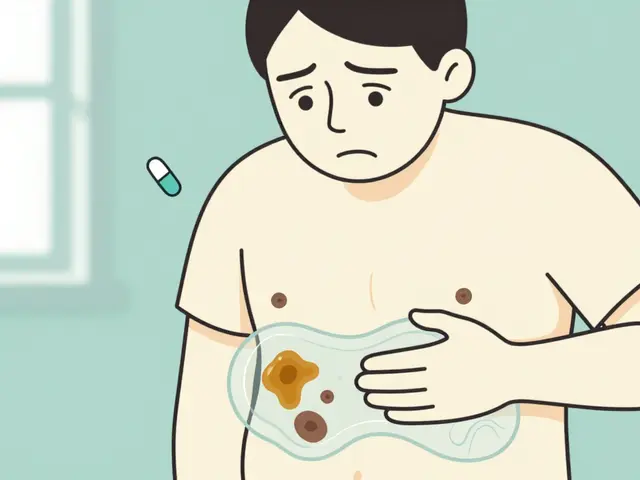Shift-Work Disorder: Simple ways to sleep, stay alert, and protect your health
Working nights or rotating shifts can wreck your sleep. If you feel tired during work, crabby off-shift, or you can't sleep when you need to, that’s probably shift-work disorder. You don’t have to accept constant exhaustion. Small, focused changes can make a big difference.
Quick fixes that help today
Control light. Get bright light (a 10,000-lux box or strong daylight) when you start your night shift for 20–30 minutes to tell your body to stay awake. After work, wear dark glasses and dim lights at home so your body can start shifting to sleep mode.
Use timed melatonin. A low dose (0.5–5 mg) taken 30–60 minutes before your main daytime sleep often helps reset the clock. Start low and test what helps—some people only need 0.5–1 mg. Talk with your doctor before starting any supplement.
Nap smart. A 20–30 minute power nap before your shift can cut sleepiness. If you have longer time, a 90-minute nap lets you cycle through deep sleep and wake less groggy.
Fix your sleep space. Blackout curtains, white noise or earplugs, and a cool room (around 18–20°C) make daytime sleep much better. Avoid screens 30–60 minutes before you intend to sleep; the blue light delays melatonin.
Watch caffeine. Use caffeine to boost alertness at the start of a shift, but stop 4–6 hours before your planned sleep. Too late and it wrecks your daytime rest.
Longer-term fixes and medical options
Keep a schedule. If you can, keep a consistent sleep time even on days off. If that’s impossible, forward-rotating schedules (day → evening → night) are easier on the body than backward rotation.
Try behavioral help. Cognitive Behavioral Therapy for Insomnia (CBT-I) adapted for shift workers can improve sleep quality and daytime alertness. Many clinics and telehealth programs offer versions that focus on shift-related issues.
Medications and wake-promoting drugs exist. Modafinil or armodafinil are sometimes prescribed for excessive sleepiness in shift workers; stimulants and sleep aids are other options. These require a doctor’s prescription and monitoring—don’t self-medicate.
Know the risks. Research links chronic shift work to higher chances of accidents, mood problems, and some long-term health risks like metabolic issues. If you frequently nod off at work or while driving, treat this as urgent—talk to your employer and seek medical advice.
When to see a doctor: if daytime sleepiness doesn’t improve after trying the tips above, if you fall asleep at dangerous times, or if mood and health are declining. A sleep specialist can run tests and recommend targeted treatments.
Shift work is tough, but you can get better sleep and safer days. Try the practical steps here, track what helps, and get professional help when you need it.

In my latest blog post, I explored the connection between shift-work disorder and chronic pain. I discovered that individuals who work irregular hours or night shifts often experience disrupted sleep patterns, leading to a higher prevalence of chronic pain. This is because the body's natural healing processes are disrupted, and the stress on the body accumulates over time. It's important for those suffering from this disorder to try and establish a consistent sleep schedule, and seek medical advice if chronic pain persists. By addressing these issues, we can improve the overall health and well-being of shift workers.






